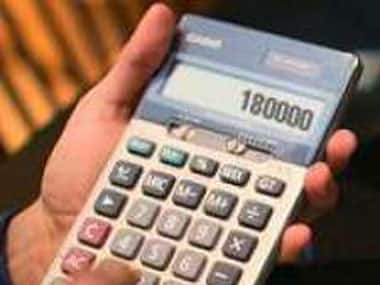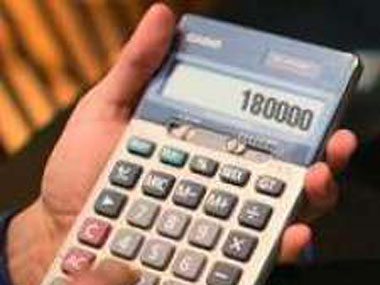It’s here. A giant service tax net has been cast far and wide on the Indian economy - and hauled in a whole boatload of services.
In his Union Budget speech, Finance Minister Pranab Mukherjee announced the widely expected ’negative’ list for service tax.The list contains 17 services that will be exempt from tax; every other service will now be subject to tax.
In addition, the service tax rate was also raise to 12 percent from 10 percent.
[caption id=“attachment_247052” align=“alignleft” width=“380” caption=“Service tax has been hiked from 10 percent to 12 percent now.”]
 [/caption]
[/caption]
The ’negative’ list includes services provided by the government, renting of residential dwellings, entertainment and amusement services, urban railways, metered cabs, agriculture and animal husbandry. There is also a list of exemptions covering healthcare, services provided by charities, religious persons, sportspersons, performing artists in folk and classical arts, independent journalists and services by way of animal care or car parking.
The tax will raise the cost of several services, but will help the government raise more revenues from a sector that continues to thrive even amid a slowdown in other parts of the economy.
Until now, services taxes accounted for a mere 5 percent of the government’s (centre and states) revenues. The service tax proposals are expected to yield Rs 18,660 crore, Mukherjee said. Given that the sector has such a huge influence on the economy and has been minimally taxed so far, no one can really complain about a wider tax net.
There are two implications of this move:
One, it will raise inflationary pressures throughout the economy. Services account for nearly 60 percent of economic activity, so price hikes in this sector will definitely affect overall prices.That means inflation, which cooled to 6-7 percent in February after raging above 9 percent for most of 2011, will continue to trouble the economy this year.
That will add to pressure already simmering on other fronts; oil prices are surging again (which will have an impact on local fuel prices) even as food prices threaten to spurt.
Two, the Reserve Bank of India will find it even tougher to cut interest rates if it’s waiting for inflation to calm down. Now, it may be next to impossible, especially since the government has increased taxes on several goods as well.
The excise duty on goods has been raised to 12 percent from 10 percent, which is likely to prompt immediate price hikes from manufacturers.
Together, they just make it more difficult for the RBI to cut rates. Given that the government has also not committed to any significant expenditure cuts (there was practically no mention of cutting fuel, fertiliser or fuel subsidies), RBI governor D Subbarao is unlikely to jump at the chance to cut rates next month.
The RBI has repeatedly urged the government to get a handle on its wayward finances in the past. However, apart from an assurance of reducing the fiscal deficit to 5.1 percent by the end of the next financial year, there was no road map on how it plans to reach that mark.
So, overall, high service charges, climbing inflation and lower chances of an interest rate cut. Not a great way to start the new financial year.
)